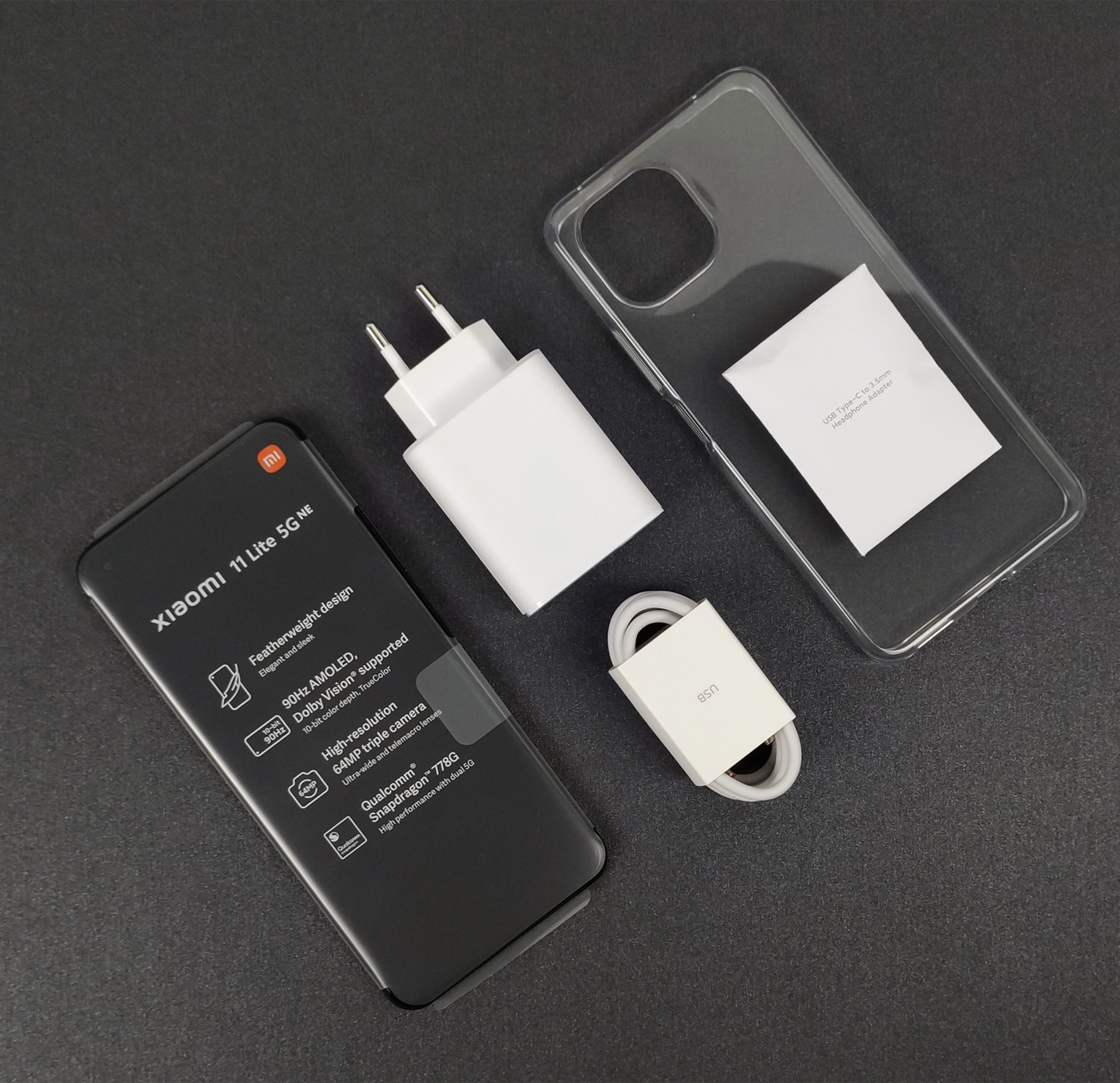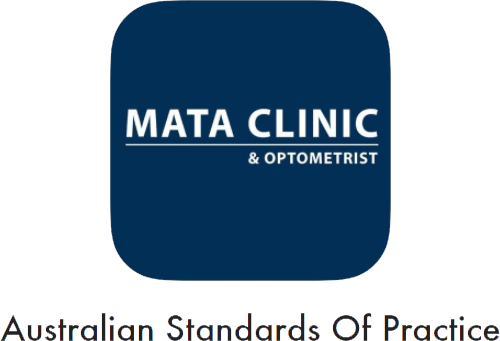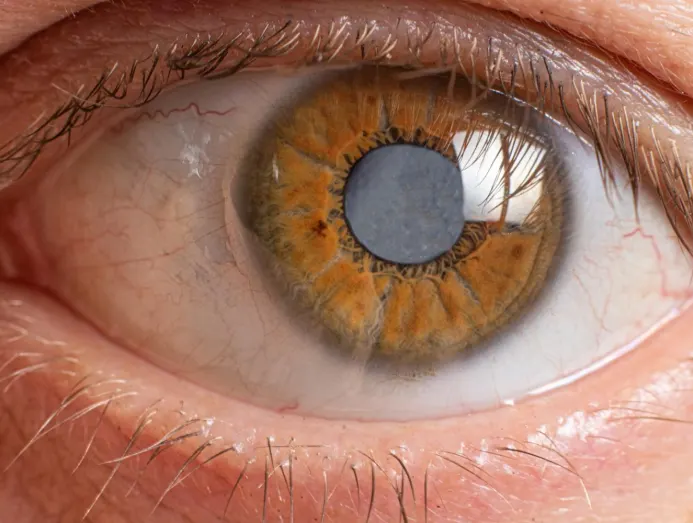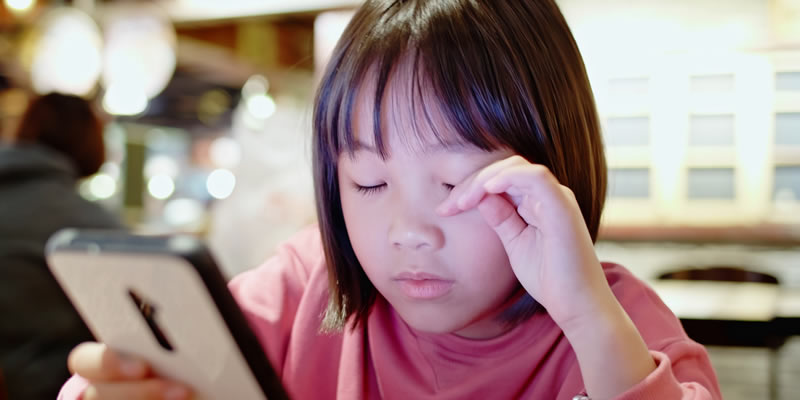To guide our teenagers to use their smartphones well, we also need to recognise the downsides of the devices.
Eye strain, addiction and distractions were some of the reasons that students in our study acknowledged were potential problems with smartphone usage.
Research has also suggested that online reading is not conducive to what cognitive scientist Maryanne Wolf terms “deep reading”. Rather, the tendency is to skim and scan.
This means that cognitively challenging articles requiring focus and concentration are best read in print or at least on a larger device to avoid the tendency to browse and swipe.
Finally, despite near-universal access to smartphones, smartphone digital divides continue to exist.
Some teens may have limited access to mobile plans or paid subscriptions. Many teens may be experts at looking for entertainment online but less experienced in knowing about the learning possibilities afforded by their smartphones.
During the 2020 lock down when students were fully at home during home-based learning, our study showed that students on financial assistance read less, enjoyed reading less and read less news than before the physical school closure compared to students who were not on financial assistance.
This suggests that schools should continue to play a key role in students’ development of digital literacies and their use of technologies for learning, especially for those with lesser home support for learning such literacies.
Given the pervasiveness of smartphone usage in today’s world, guiding our teenagers to use their smartphones well is one way we can prepare them for life-long learning.






Recent Comments